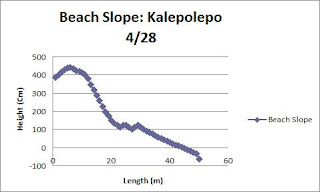
Introduction: In this lab we will be conducting experiments about species called plankton which is also referred to as "wonderer" (Unable to drift against the current), which we will be sampling along the Maui boat ramps and identify the diversities of plankton we have caught in our sample. I
n these samples we will then tell the type of plankton in the 4 classifications, food, color, lifestyle, and size. More will be added to this lab once experiments are in motion to collect samples.
Research Question: How many species of plankton we will find in our samples from the Maui boat ramp?

Hypothesis: I believe we will find at least 10 different species of plankton due to the small area of sampling.
Materials:
1. Plankton net
2. Line
3. Microscope
4. Collection Jars
5. Aerator
6. Journal
7. Pipette
8. Slide
9. Cover slip
10. I.D books
11. Petri dish
Procedure
1. Arrive at maui boat ramp
2. Split into two groups, one to be sampling for plankton,
other for data collecting of the water.
3. Groups split into individual students for collecting data;
Temp, pH, Tide, Salinity, dissolved oxygen, Nitrates,
Phosphates, turbidity, recording time, weather, water
movement.
Temp: A thermometer appropriate for water, remained underwater until temperature shows no change from most recent point.
Salinity:
pH: Dipping device in the water and await results.
Nitrates: Taking experiment beaker with water sample, adding in a given pill, awaiting until dissolved for color change.
Dissolved Oxygen: Sampling water into beaker, then adding in one of the given pills and awaited until dissolved for color change.
4. Put sample in collection jar
5. Return all tools into bin/buckets/tubs, etc
Data:
Wind:
Weather: Clear
Wave Action: Light
Temp: 25.2*
pH: 8.4
Tide: 10W
Salinity: 21%
Dissolved O2: 2
Nitrates: 1
Phosphates: 1
Turbidity: 0JTU

 Procedure
Procedure







